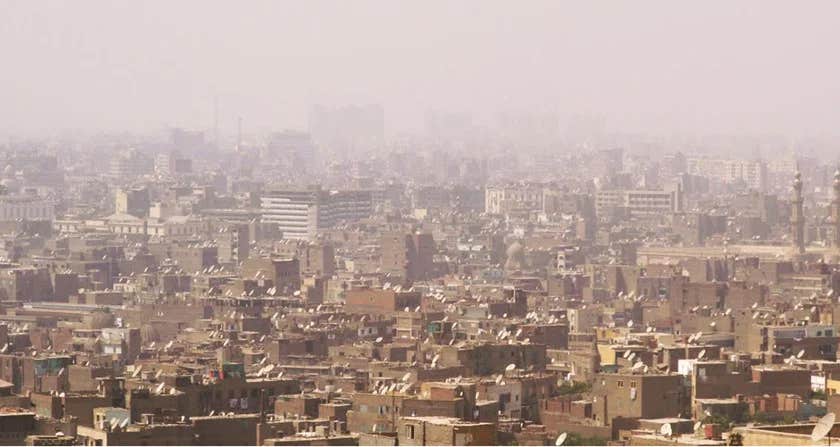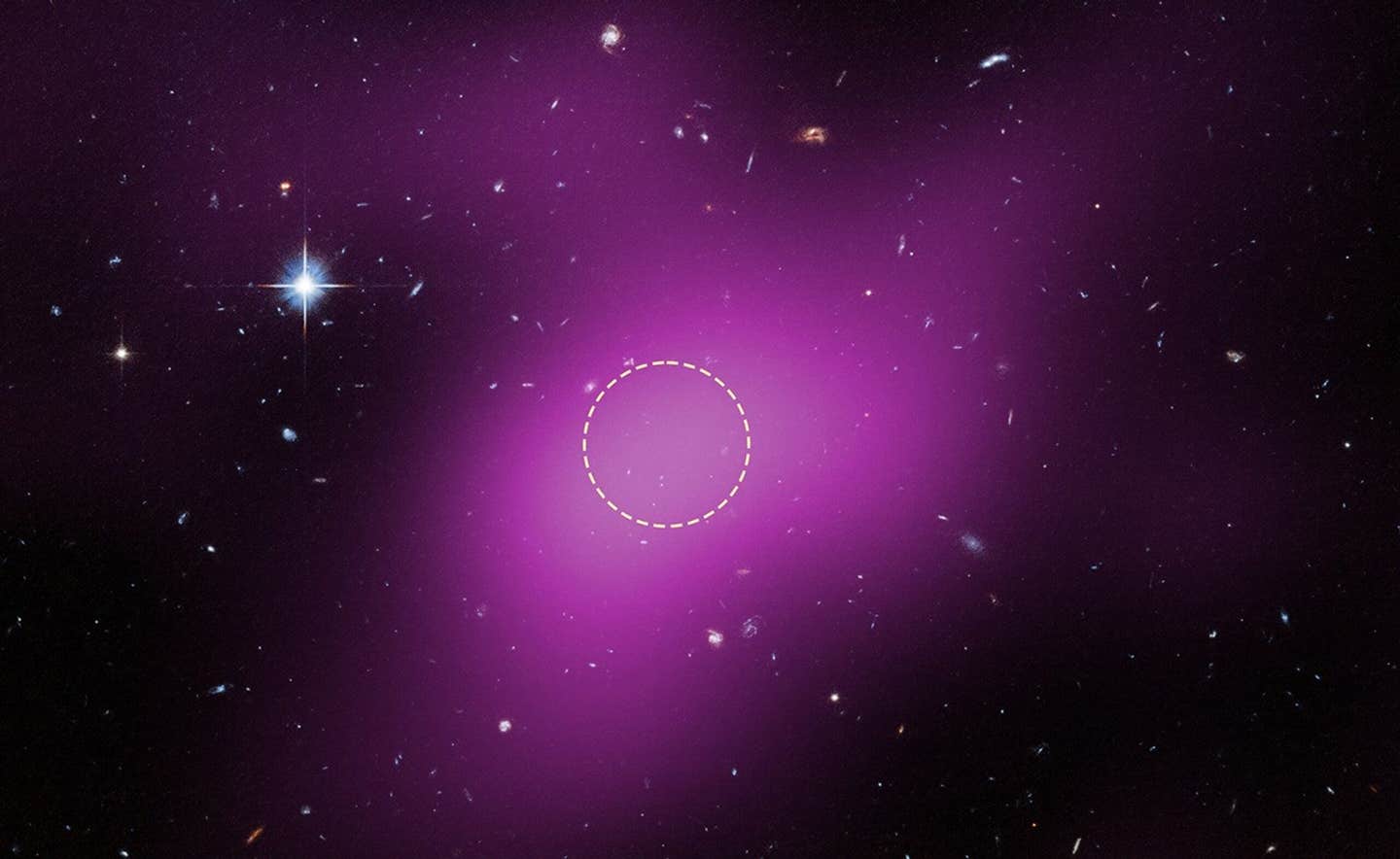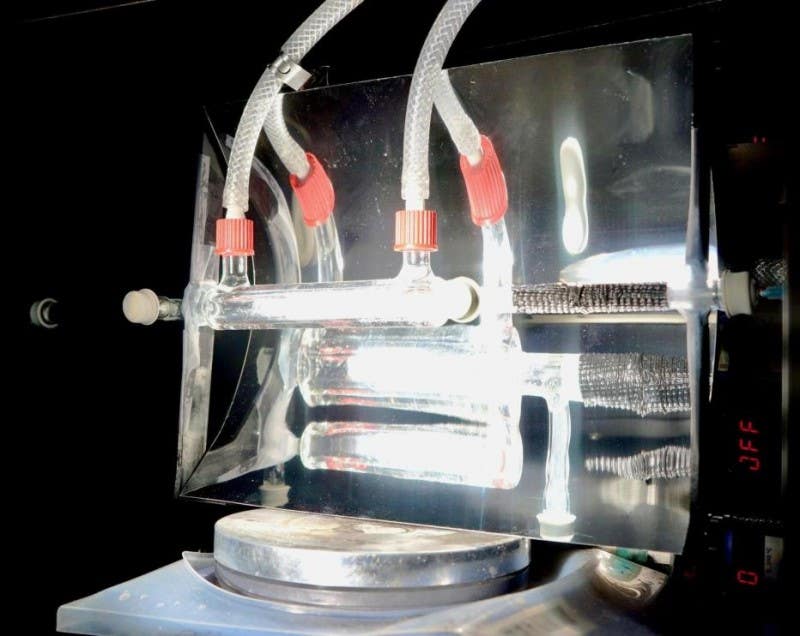Surprising new study finds that Earth’s atmosphere can clean itself
Water droplets spontaneously produce hydroxyl radicals, reshaping our understanding of air pollution and atmospheric chemistry.

New research reveals hidden pollution-fighting mechanism in water droplets. (CREDIT: CC BY-SA 4.0)
Recent research reveals a surprising phenomenon in atmospheric chemistry: water droplets can spontaneously produce hydroxyl radicals (OH), a molecule vital for breaking down pollutants. This discovery, outlined in Proceedings of the National Academy of Sciences, could reshape how air pollution is modeled and understood.
OH plays a crucial role in atmospheric chemistry, initiating the reactions that degrade harmful gases such as sulfur dioxide and nitric oxide. "You need OH to oxidize hydrocarbons, otherwise they would build up in the atmosphere indefinitely," said Sergey Nizkorodov, a chemistry professor at the University of California, Irvine.
Traditionally, sunlight was thought to be the primary driver of OH formation. However, experiments conducted by Nizkorodov’s team showed that OH can form even in darkness, driven by the strong electric field at the air-water interface of droplets. This mechanism provides a previously unrecognized nighttime source of OH in the atmosphere.
The Role of Water Droplets
Water, the most abundant liquid on Earth, covers a vast range of atmospheric surfaces. From ocean waves to microscopic aerosols, these interfaces host complex chemical reactions. Researchers have recently identified that these droplets accelerate chemical transformations, including the breakdown of organic compounds and the production of hydrogen peroxide.
These discoveries are supported by earlier studies from Stanford University, where Richard Zare's team found spontaneous formation of hydrogen peroxide on water droplet surfaces. The new findings from UC Irvine build on this, highlighting the interface’s role in atmospheric chemistry.
Related Stories
To investigate, the researchers compared OH levels in vials containing water exposed to air and those with water alone. Using a fluorescent "probe" molecule that reacts with OH, they observed significant OH production in the presence of air, even in complete darkness.
"The measured OH production rates in the dark were comparable to or even exceeded those driven by sunlight," noted Nizkorodov. This challenges existing assumptions in atmospheric models, which have long held that OH only comes from external sources, such as sunlight-driven photolysis.
Implications for Air Pollution Models
These findings suggest that current air pollution models, which assume OH originates externally, may need to be revised. "OH is an important oxidant inside water droplets, and the main assumption in the models is that OH comes from the air," explained Nizkorodov.
Given the ubiquity of atmospheric droplets, this new OH source could have profound implications for air quality and climate predictions. By altering how pollutants are broken down in the atmosphere, it could influence everything from local air quality to global climate patterns.
The study involved collaboration with researchers from Europe, China, and Israel, and received funding from the European Research Council. While the discovery offers groundbreaking insights, it also raises new questions.
Ann Marie Carlton, another UCI chemistry professor, highlighted the need for real-world validation. "The next step is to conduct experiments in diverse atmospheric conditions across the globe," she said. These studies could help quantify the impact of this process on regional air pollution and climate models.
Nizkorodov believes the discovery will spur further investigation. "A lot of people will read this but will not initially believe it," he noted. "There will be many lab experiments following up on this for sure."
Revisiting Atmospheric Chemistry
Hydroxyl radicals are central to understanding atmospheric oxidation, yet their sources and sinks remain poorly constrained. Until now, models have relied heavily on known photochemical processes, such as the breakdown of hydrogen peroxide and nitrate compounds.
However, this spontaneous production of OH at the air-water interface introduces a major new factor. It calls for a reevaluation of how we understand chemical transformations in the troposphere, especially during nighttime when photochemical reactions cease.
The findings also provide context for interfacial reactions previously observed in other studies, such as those involving phenolic compounds and gaseous ozone or nitrate radicals. These reactions, explored using advanced techniques like electrospray ionization mass spectrometry, hint at a broader landscape of interfacial chemistry yet to be fully understood.
Toward Better Air Quality Models
Understanding the mechanisms behind OH production is crucial for improving air quality models. OH radicals help break down volatile organic compounds, which can otherwise contribute to smog and secondary pollutants like particulate matter.
Accurate models could lead to better strategies for mitigating air pollution, particularly in urban areas where aerosols are abundant. Moreover, understanding this new OH source could refine predictions of sulfate and organic aerosol formation, which impact both health and climate.
This groundbreaking discovery offers a fresh perspective on atmospheric chemistry, revealing a hidden player in the battle against air pollution. As further research unfolds, we may gain a deeper understanding of how Earth's atmosphere naturally cleanses itself, paving the way for more accurate climate and pollution models.
Note: Materials provided above by The Brighter Side of News. Content may be edited for style and length.
Like these kind of feel good stories? Get The Brighter Side of News' newsletter.



